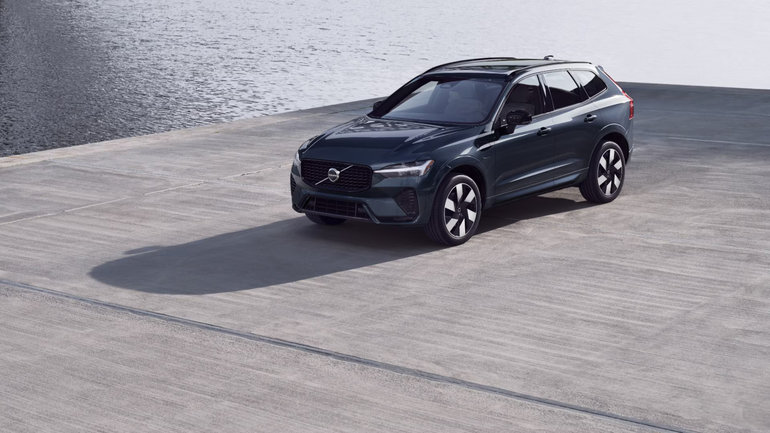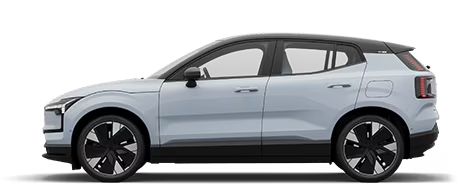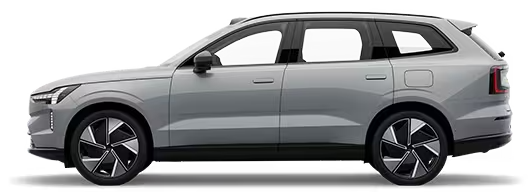Winterizing Your Volvo: Essential Tips for a Safe and Comfortable Winter Drive
November 14 2024,

Winter is beautiful but challenging, especially when it comes to driving. For Volvo owners, a few simple steps can make winter travel safer, more comfortable, and stress-free. Given Volvo’s Scandinavian design roots, these vehicles are well-equipped for cold climates, but there are still key areas that need attention before winter sets in. In this guide, we’ll cover essential tips to prepare your Volvo for winter driving, ensuring you’re ready for the season ahead.
- Inspect Your Tires and Consider Winter Tires
Importance of Winter Tires: Winter tires are crucial in icy or snowy conditions. These tires are made from a softer rubber that remains pliable in cold temperatures, offering better grip and control. For areas with heavy snow, Volvo even recommends winter tires over all-seasons for optimal safety and performance.
Tire Pressure Check: Cold weather causes tire pressure to drop, which can affect both fuel efficiency and handling. Regularly check your tire pressure throughout winter and keep it at the level recommended in your Volvo’s manual.
- Have your vehicle serviced
Importance of Dealership Service: Having your Volvo looked over by our service department before winter hits is one of the best ways to ensure all systems are optimized for the cold months ahead. Dealership technicians are trained specifically on Volvo vehicles and have the latest diagnostic tools to identify and address potential winter-related issues. A dealership service will cover crucial components like brakes, battery, heating system, and all-wheel-drive (if applicable), ensuring your Volvo is ready to tackle snowy and icy conditions. In addition, we only use genuine parts, which help maintain your vehicle’s performance and reliability during the harsh winter season.
- Test the Battery Health
Battery Performance in Cold Weather: Batteries struggle in low temperatures, with their performance dropping significantly. The last thing you want is a dead battery in freezing weather, so make sure yours is up to the task by testing its charge. Older batteries may need replacement before winter.
Tips for Battery Maintenance: Clean any corrosion around the battery terminals, check the connections, and keep an eye on any signs of diminished battery power, like dimming lights or slower engine starts.
Volvo’s Smart Key Battery: It’s easy to overlook the battery in your smart key, but it’s important to make sure it is in good shape so that you don’t risk getting locked out of your vehicle in the cold.
- Inspect Heating and Defrosting Systems
Heater Performance: Your vehicle’s heater does more than keep you warm—it’s essential for defrosting and ensuring clear visibility. Test your heater to make sure it’s blowing warm air efficiently and consider addressing any issues before winter fully sets in.
Defroster and Heated Mirrors: A functioning defroster is critical for keeping your windshield clear. Check that your heated mirrors are working, too, as these will help prevent frost buildup and improve your visibility.
- Update and Prepare the Infotainment and Safety Systems
Navigation and Connectivity: Make sure your navigation system is up to date. Having accurate maps helps you plan safe winter routes and avoid unfamiliar roads that may be less maintained in winter weather.
Volvo On Call App: Volvo’s On Call app is a great asset in winter. It allows you to remotely start your vehicle, warm up the cabin, and locate your car in a snowy parking lot. Make sure the app is updated and connected to your vehicle for optimal use.
Driver Assistance Systems: Winter roads can be unpredictable, so ensure your Volvo’s driver assistance systems are calibrated for cold conditions. Features like Pilot Assist and Collision Avoidance can provide an extra layer of security in slippery conditions.
- Pack a Winter Emergency Kit
Essentials for Emergencies: Winter weather is unpredictable, so keep an emergency kit in your Volvo that includes blankets, a flashlight, an ice scraper, a first-aid kit, and spare batteries. Consider adding a small shovel and extra food and water.
Vehicle-Specific Needs: Volvo offers branded safety and emergency kits that include some of these essentials. Contact our parts department for recommendations tailored to your model or specific needs.
Conclusion
Preparing your Volvo for winter is a straightforward process, but it can make all the difference in staying safe and comfortable throughout the season. Whether you’re navigating snowy roads, dealing with freezing temperatures, or just trying to maintain visibility, a little preparation goes a long way.




























